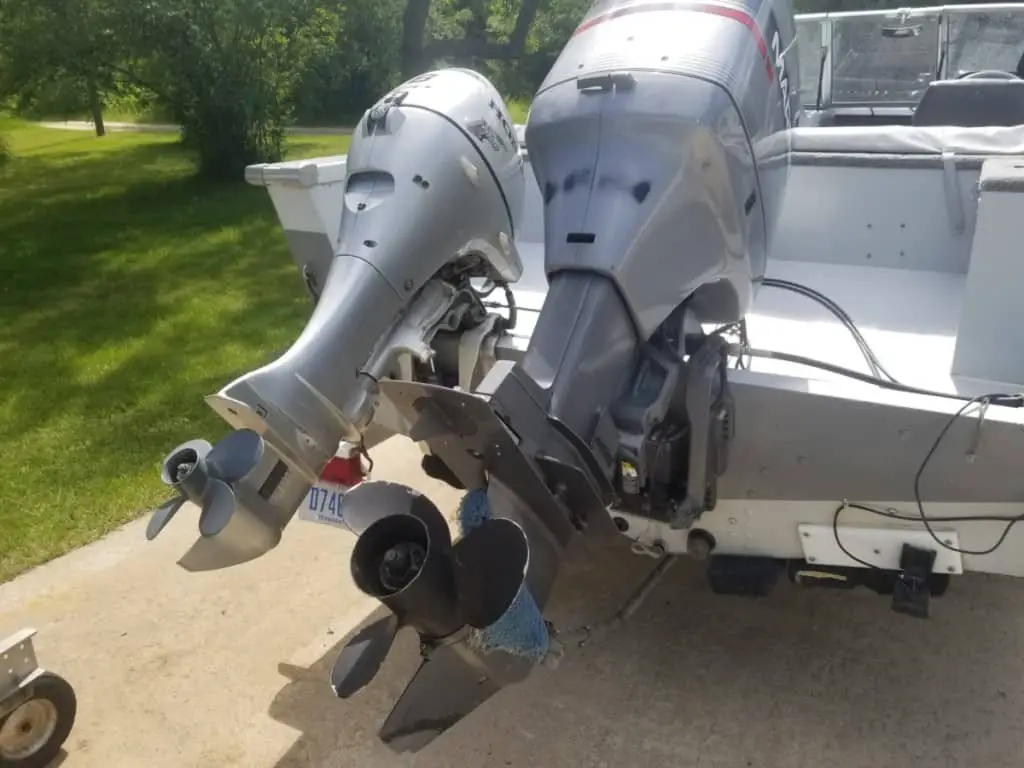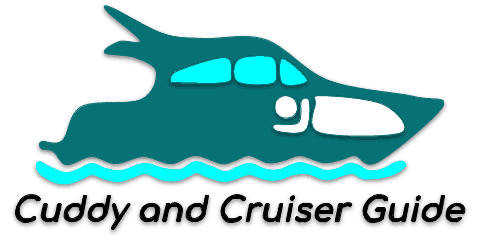If you’ve ever wondered whether it’s safe to start your boat out of water, you’re not alone. Many boat owners have faced this question when performing routine maintenance, troubleshooting, or making repairs. There’s a lot that can go wrong!
In this article, let’s discuss the critical factors to consider, the risks involved, and the proper procedure for starting a boat out of water.
Inboard vs. Outboard Engines
The type of engine your boat has plays a significant role in determining whether it can be safely started out of water. There are two main types of boat engines: inboard and outboard.
Inboard engines are typically found on larger boats and are mounted within the hull, with a drive shaft connected to the boat’s propeller. Inboard engines require a constant supply of water for cooling, which is drawn from the surrounding water through a dedicated intake when the boat is in operation. Attempting to start an inboard engine out of water will likely result in severe damage due to overheating. The exhaust system is reliant upon a constant source of cold water for proper cooling.

On the other hand, outboard engines are mounted externally on the transom of the boat and have a self-contained cooling system. While outboard engines also require water for cooling, they can be started out of water for short periods (sterndrive engines as well) without causing damage, provided proper precautions are taken (see below).

Risks of Starting a Boat Out of Water
Starting a boat engine out of water, especially an inboard engine, can pose several risks:
- Overheating: Without a water supply, the engine can overheat quickly, leading to severe damage to internal components.
- Exhaust System Damage: The absence of water can cause the exhaust system to become excessively hot, potentially damaging the exhaust manifold or other components.
- Impeller Damage: The water pump impeller, responsible for circulating water through the engine, can suffer damage when run dry for even a short period.
Proper Procedure for Starting an Outboard Engine (or Sterndrive Engine) Out of Water
If you need to start an outboard engine out of water, follow these steps:
- Use a Flush Muff or Motor Flusher: Attach a flush muff or motor flusher (Amazon) to your boat’s lower unit, covering the water intake ports. This device allows you to supply water to the engine from a garden hose, simulating the water flow when the boat is in the water. You will likely need to buy a hose attachment to connect the hose to the muff if the one you select doesn’t come with one. Many do, however.
- Turn On the Water: Connect a garden hose to the flush muff or motor flusher and turn on the water. Ensure that water is flowing through the device and adequately covering the intake ports.
- Start the Engine: With the water running, start the outboard engine and let it idle. Keep an eye on the water flow from the engine’s tell-tale or “pee hole” to ensure the cooling system is functioning correctly.
- Run the Engine Briefly: Do not run the engine for extended periods out of water. A few minutes should be sufficient for maintenance checks, troubleshooting, or minor repairs.
- Turn Off the Engine and Water: When you’re finished, turn off the engine first, followed by the water supply. Disconnect the flush muff or motor flusher, and carefully inspect the engine for any signs of overheating or other issues.
Starting an Inboard Engine Out of Water
Starting an inboard engine out of water is generally not recommended due to the risks mentioned earlier. However, if you absolutely must start an inboard engine on land, consult a professional marine mechanic or the engine manufacturer for specific guidance on how to do so safely.
Final Takeaways
In summary, starting a boat out of water is dependent on the type of engine it has. Outboard engines and sterndrive engines can be started out of water for short periods, provided proper precautions are taken, such as using a flush muff or motor flusher to supply water for cooling.
In contrast, starting an inboard engine out of water is generally not recommended due to the significant risk of overheating and damage to the engine and its components. If you find it necessary to start an inboard engine on land, consult a professional marine mechanic or the engine manufacturer for specific guidance.
By understanding the differences between inboard and outboard engines and following the proper procedures, you can safely perform maintenance checks, troubleshoot, or make repairs while minimizing the risk of damaging your boat’s engine.
Happy Boating!

